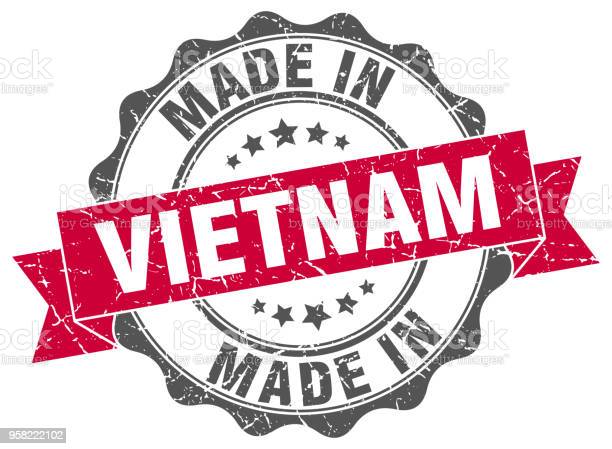With over half a million trademark records in Vietnam, it is apparent that registering new trademarks or brand names would become increasingly difficult, especially for new companies (start-ups) looking to enter the market. According to unofficial sources, the number of trademarks or brands rejected for protection in whole or in part is on the rise, accounting for up to 30% of the total of over 40,000 applications filed each year, with applications coming from the Madrid system accounting for just around 20%.
The reasons for the rejection of protection are not comprehensive, although any of those listed in Sections 73 and 74 of the IP Law can be used. To summarize, all applied-for marks must pass a two-step test, or two-step legal requirements, in order to be protected, namely:
- An applied-for mark must be inherently distinctive. A test for checking inherent distinctiveness is the first mandatory legal standard to assess whether the mark applied for registration is considered to have a trademark function (distinctive character). In other words, a mark seeking protection would be deemed devoid of distinctive character if it is merely descriptive of utility, function, composition, nature, or other attributes of goods or services; and
- An applied-for mark must not conflict with others’ earlier rights. A conflict finding means determining whether the second legal standard is satisfactory, meaning it requires finding a likelihood of confusion between the applied-for mark and other earlier filed/registered trademarks/brands.
Things to avoid when naming a trademark in Vietnam
Delay or hesitation in registering a trademark
Even if you haven’t done business yet, it’s important to apply for registration as soon as possible. Because Vietnam follows the first-to-file rule for establishing trademark rights, which is similar to the procedure for registering a domain name, hesitating or waiting until your product is sold or advertised may result in the loss of your brand.
Using geographical name as a trademark
Because a trademark application that is merely geographical descriptive or that its element is a geographical place or geographical name is regularly rejected due to violation with Section 73(5), which states that those signs (geographical names) are deemed as misleading, misunderstanding, or even deceptive, a new trademark or brand should be checked to see if it is a geographical name (geographical locality).
Using a logographic system or non-Latin languages to name a trademark
Non-Latin languages, logographic writing, or little-known foreign characters or foreign writings, such as Thai, Chinese, Korean, Japanese, and so on, are all almost denied protection by the Intellectual Property Office of Vietnam (VNIPO) because they are unable to be readable, memorized, or perceived by Vietnamese consumers.
Naming trademark consisting of one or two alphabetical letters
The VNIPO would ex officio rule that 1-letter or 2-letter marks are intrinsically indistinguishable unless they can be read as a single word or have acquired uniqueness via widespread usage or secondary meaning over time. Applied-for marks such as A, GS, and T&T are all regarded to be devoid of trademark function if conveyed just in the form of simple letters.
Choosing a trademark that is well-known in the marketplace
On the one hand, it is difficult for you to demonstrate that your trademark is distinctive enough from a large number of previously cited marks used by the VNIPO as refusal grounds, and on the other hand, it is difficult for your brand/trademark to be recognized in the public mind due to a lack of strong impression.
Choosing a trademark that implies a high level of descriptive or suggestive degree
If your intended brand/trademark is highly suggestive or descriptive of the function, nature, or characteristics of goods/services, and you don’t want to change or cancel seeking protection (i.e. for marketing purposes), it’s best to combine it with another visible sign (i.e. a unique logo or device), or try to revise it as a shortened form or misspelled words.
Too long or complex trademark name
Because Vietnamese customers can indeed recognize Vietnamese or Latin brands/trademarks with a basic structure and easy-to-read, a brand name/trademark that is excessively long or difficult to pronounce will be difficult to recognize and read.
In any language other than Vietnamese, naming a trademark likely has a negative connotation or conveys a descriptive feature of goods/service
Even though a brand name/trademark is likely to be simply descriptive in a foreign language, it can still be registered if the VNIPO’s examiner (trademark attorney) hasn’t discovered evidence to the contrary. However, if a registered trademark is granted protection, it may be revoked due to its descriptive meaning, demonstrating that Vietnam appears to follow the doctrine of foreign equivalents.
Not registering a slogan or tagline as a trademark
Slogans or taglines used in commerce may still be a good brand/trademark if they are not excessively descriptive (as little as possible) of the goods/services they are used for.
*** The list of Vietnam IP Firms can be found here***

